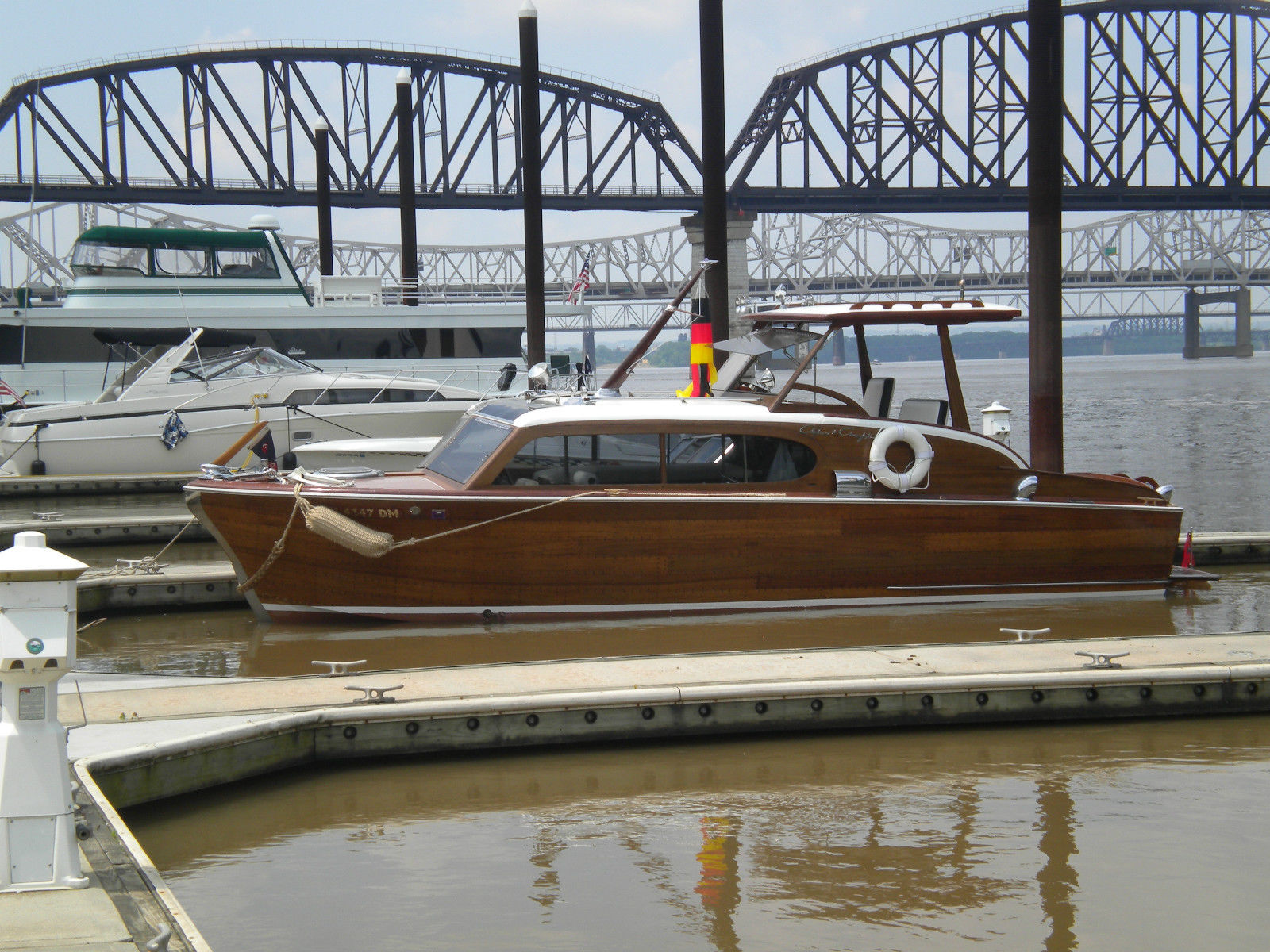
Many universes which feature these may use them instead of or in addition to conventional space fighters. Scouts ahead of primary fleet to gain last-minute intel on enemy positions. Trades weapons for sensors, stealth, and speed. Glass Cannon fighter with lots and lots of guns. They can also come in larger versions, depending on the setting. In scifi, Interceptors tend to avoid this as technology allows for a more capabilities than their space fighter counterparts.Ī stealth fighter, equipped with a cloaking device or such. Real Life air Interceptors traded capability for speed, and as a result was less maneuverable compared to Fighters. They can also be deployed to catch up with recon craft to neutralize them. Light, fast fighter whose primary purpose is to catch and destroy Bombers before they can strike the capital ships. Often have one or more turrets for defensive weapons against fighters in addition to its offensive armament. Heavy fighter-sized craft, armed with big missiles (commonly called Torpedoes) to damage or destroy capital ships. The best ones are designed to be used in an atmosphere as well. The most common type of small craft to (possibly) have an FTL drive. Space Fighters typically battle each other in space, but depending on the distribution of firepower in the universe, may be capable of damaging or even destroying capital ships. Usually armed with a mix of a Fixed Forward-Facing Weapon (so they can get into an Old-School Dogfight) and missiles. Much like their ground counterparts however, these improvised Pods are ill suited against machines built for war.īasically a space jet fighter.


A Pod for a single Mecha would be the size of a small house.Ī lifeboat in space. Of course, the term small can be relative. Most can hold one to two people, others can hold about a platoon of personnel. They are carried by larger ships as auxiliaries. Small and specialized modules, pods are not craft in their own right. In some settings, these small craft have the ability to travel and fight within atmospheres whereas larger ships do not (and are restricted to orbit). Furthermore, most don't have FTL, whether because it would be too expensive, a trip would take too long, or the engine would just be too big.

Consequently, small craft are almost always attached to a base of some sort or larger spacecraft. These are characterized by having a relatively short endurance unlike a 'real' spaceship, small craft don't independently travel long distances or stay in space for weeks on end.


 0 kommentar(er)
0 kommentar(er)
